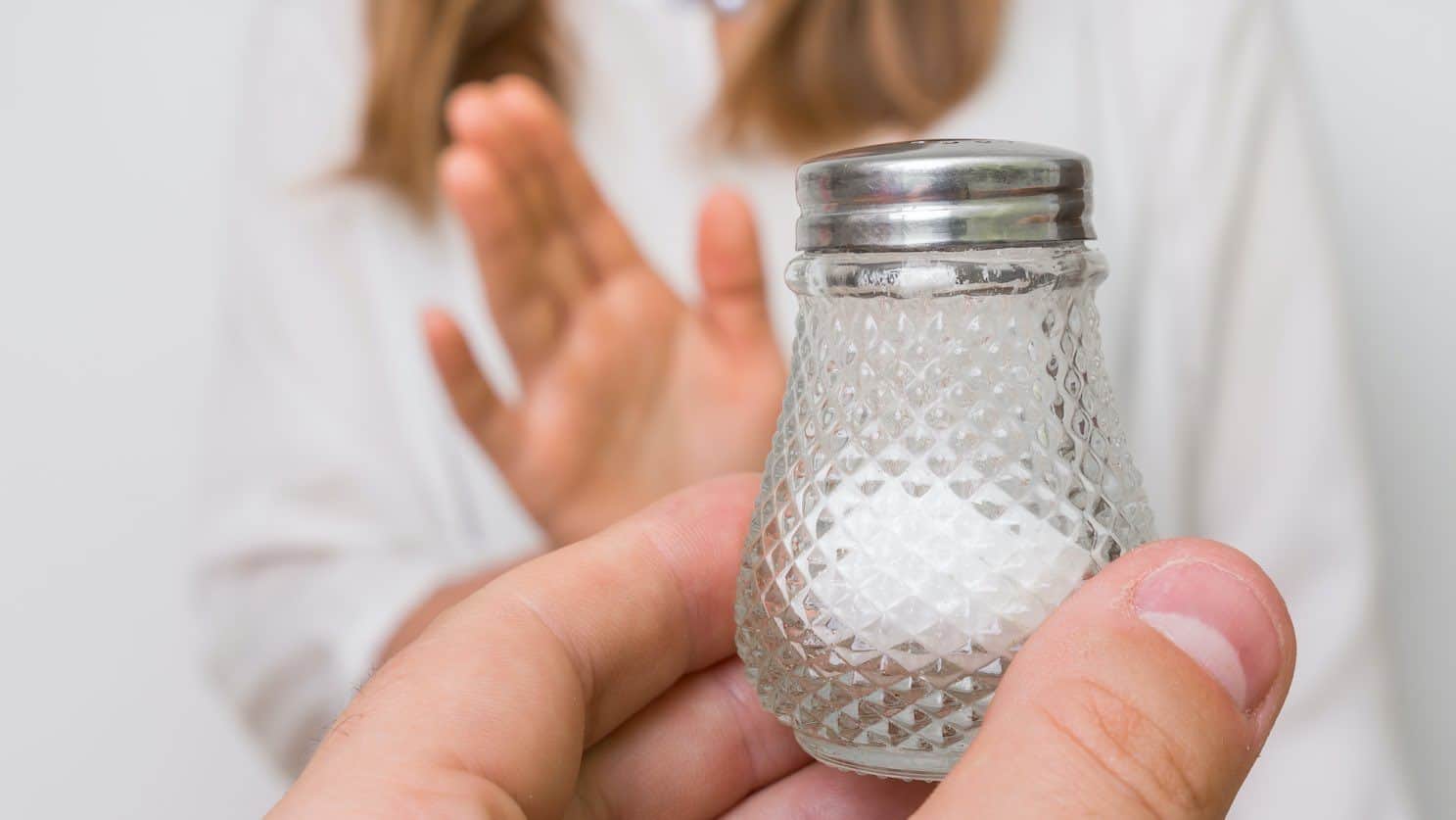As we brace for straya’s winter season, Costhetics thinks it’s an excellent time to talk about salt.
We don’t mean the kind of salt they scatter on the streets in the High Country at this time of year. We’re talking about table salt you scatter on your chips, and the effect sodium has on your body.
Salt has long been the target of medical professionals trying to help patients control blood pressure, kidney disease, and other health problems. More recently, however, scientists have been looking at sodium and the effect it has on the body’s largest organ: skin. In 2019, German researchers released a research article that found a link between t-helper cells, dry skin, specifically eczema and table salt. (T-helper cells are one part of the body’s immune system. When over-saturated with sodium, these normally well-behaved cells react by unleashing renegade inflammatory responses associated with eczema and other skin problems.)
Sea Salt, Table Salt & Your Skin
Before we continue, let’s remember not all salts are alike:
- Himalayan pink salt – harvested exclusively in Pakistan. Has small amounts of iron oxide. It is less processed and refined than other salts and may contain small amounts of minerals including magnesium and calcium.
- Iodized (table salt) – heavily processed to improve texture and remove impurities. May include iodine and calcium silicate.
- Sea salt – composed primarily of sodium chloride, but with small amounts of iron, potassium, and zinc. It’s virtually unprocessed with a coarser texture.
Slather it On, Don’t Shovel it In
Not all salts are bad either. Women’s Health says using topical sea salt beauty preparations can:
- Replenish minerals in your skin
- Help lock in hydration
- Create a protective layer
- Improve complexion
Ingestible salts, on the other hand can:
- Draw moisture from cells, including skin cells
- Cause lips to become chapped
- Trigger acne breakouts
- Release excess sodium into your bloodstream
- Create fluid imbalances
Salt Talks: Know Your Limits
All this raises the question:
- How much salt is too much salt?
Food Standards Australia New Zealand estimates the average Australian consumes about 2,500 mg of sodium per day from food and other sources. Compare that to the U.S., where processed food is king and the average person consumes about 3,600 mgs of sodium per day.
While scientists haven’t agreed on precisely how much sodium puts a strain on your body and your skin, most concur:
- 2,300 mg per day is a good target for people in good health
- 1,500 mg per day (or less) is recommended for people with cardiovascular disease)
6 Ways to Reduce Salt & Save Skin
Costhetics would never tell you about a problem without providing a solution. To help you keep your sodium consumption in hand, we have assembled seven easy-to-follow suggestions for cutting back on salt. Try them and help your skin avoid the winter dull-and-dry blues:
- Read food labels – Processed food is loaded with sodium and manufacturers can’t keep that a secret. It’s the law.
- Tweak your recipes – If you’re a home cook, try cutting back on the amount of salt called for in recipes by 50%. Chances are you won’t taste the difference.
- Keep away from the centre – Most markets display fresh meat, fruits and vegetables around the perimeter of their stores with processed foods occupying the middle.
- Give your food a bath – We’re all used to washing fresh produce, but rinsing canned foods is important, too. Processed foods such as tuna, cooked veggies, and legumes are packed in salt, and you can remove much of it with a quick rinse under the tap.
- Find new friends in your spice cabinet – Salt enhances the flavour of the foods we love, but so do things like pepper, cilantro, oregano, dill, garlic, onion, powder, etc. etc. Have fun tinkering with different spice blends. You’ll be a top chef in no time.
- Less is more – Reducing your portion sizes, in general, will help you cut back on your salt intake.
So, there you have it, the eternal struggle between loving salt and loving clear skin. Before you decide to toss all your salt out the window in support of a radiant complexion, however, do remember that salt is an essential nutrient all living organisms need to live. Rather than trying to eliminate salt from your diet entirely, Costhetics recommends the ‘everything in moderation’ approach. It tastes as good as it sounds.
